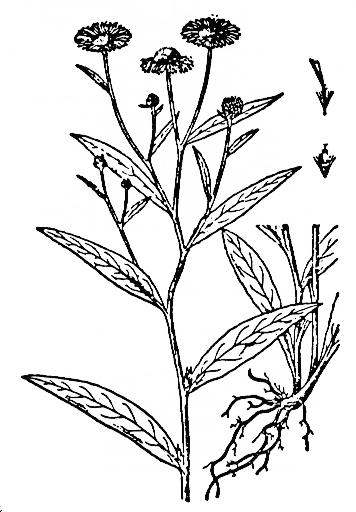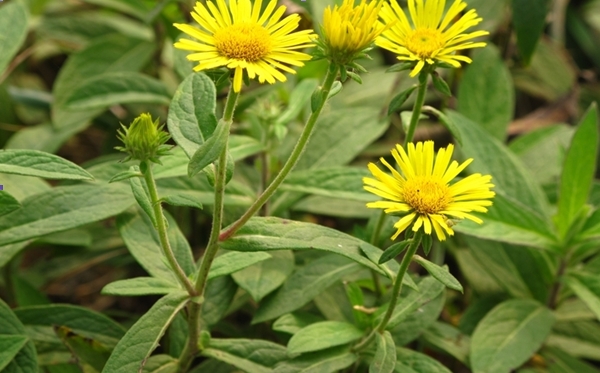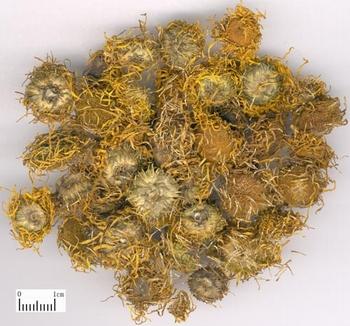- Coughing and wheezing due to Cold and
Phelgm attacking the Lungs, with
Pinellia ternata-
Ban xia and
Asarum heterotropoides-
Xi xin.
[4]
- Cough and wheezing due to Phlegm Heat, with
Platycodon
grandiflorus- Jie geng,
Morus alba-
Sang bai pi, and
Rheum tanguticum- Da huang.
[4]
- Vomiting and hiccough due to Cold from deficiency of the Spleen and Stomach.
Use with
Iron oxide- Da zhi shi and
Panax
ginseng- Ren shen.
[4]
- Vomiting, cough, wheezing, and epigastric distention due to congested fluids,
with
Pinellia ternata- Ban xia.
[4]
[1] Barefoot Doctor's Manual- 1977 Prepared by the Revolutionary Health Committee
of Hunan Province. Original Chinese manual- Victor W. Sidel. Originally published
by Dr Joseph Quin and the Fogarty International centre, Bethdesda (1974). Madrona
Publishers Seattle Washington ISBN 0-914842-52-8
[2] A Complete English Dictionary of Medicinal Terms in Chinese Acupuncture
and Herbalism 1981- Henry Lu Chinese Foundations of Natural Health- The Academy
of Oriental Heritage, Vancouver, Canada.
[3] The Chinese Materia Medica A practical English- Chinese Library of Traditional
Chinese Medicine Publishing House of Shanghai University of Traditional Chinese
Medicine. Director Hu Ximing ISBN 7-81010-111-X/R-110.
[4] Chinese Herbal Medicine Materia Medica- Dan Bensky and Andrew Gamble- Eastland
Press 1986 Seattle Washington ISBN 0-939616-15-7
Images
1.
cnseed.org
2.
[1]
3.
zhongyibaike.com Britanin, inulicin, inulin, quercetin,
isoquercetin, caffein acid, chlorogenic acid, taraxasterol, sterol.[1]
References
[1] Chinese Herbal Medicine Materia Medica- Dan Bensky and Andrew Gamble- Eastland
Press 1986 Seattle Washington ISBN 0-939616-15-7
 HABITAT:
HABITAT:
 Inula japonica. 旋
复
花 Xuán
fù huā Japanese elecampane
Family: Asteraceae
Inula japonica. 旋
复
花 Xuán
fù huā Japanese elecampane
Family: Asteraceae

 HABITAT:
Found growing on hillsides, roadsides, field edges or damp lands.
HABITAT:
Found growing on hillsides, roadsides, field edges or damp lands.